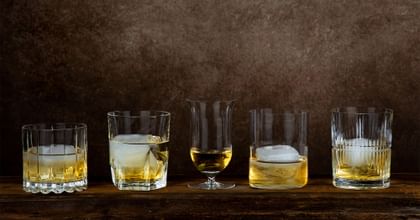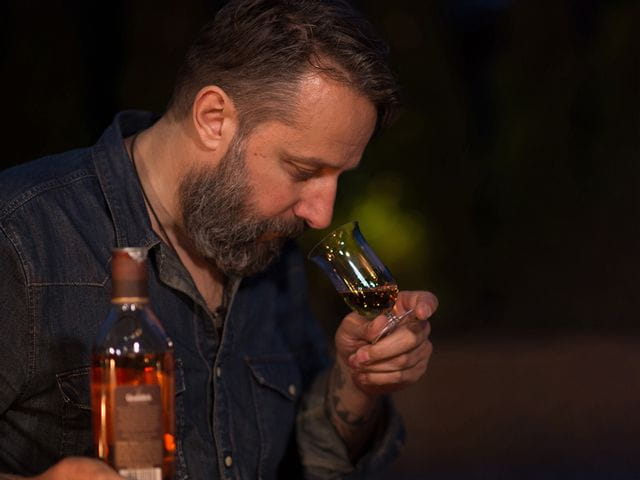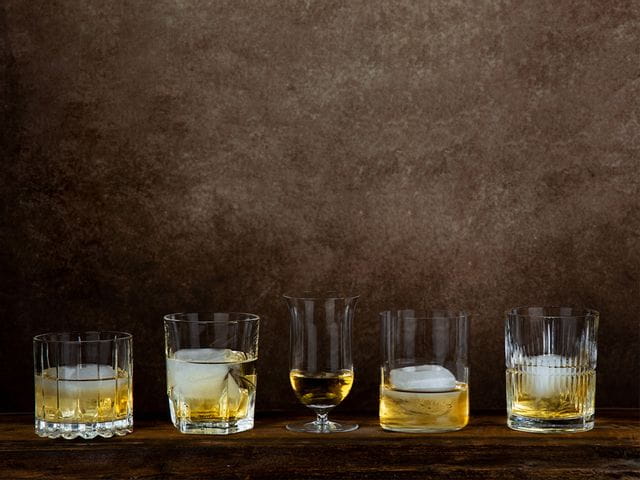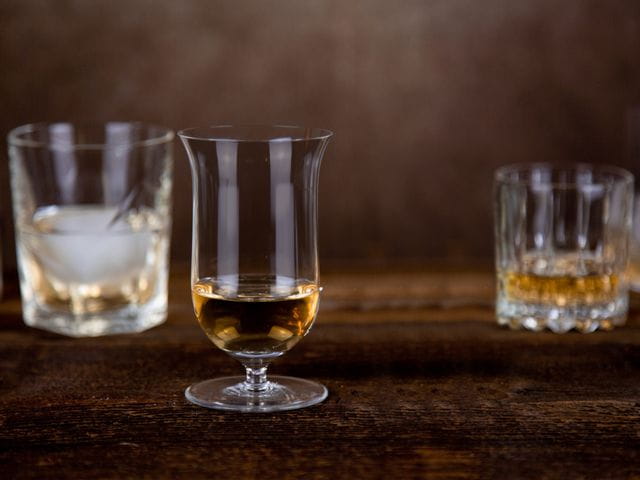A quick summary on everything you need to know about this spirit!
Whisky or Whiskey?

What is Whisky? The word "whisky" comes from the Gaelic "uisge beatha", or "usquebaugh", meaning "water of life". It is an alcoholic spirit distilled from grains and aged in wooden barrels. Where it's made, the production method used, the types of grains used, and the type of barrel it's aged in can all dictate how it's labelled.

The origin of the liquid gold
It is not completely clear who invented whisky, but it is believed to have originated in Scotland; though spirits were being distilled prior to this using similar methods, the first written record of whisky production was in Scotland in 1494.
Today, whisky is produced all over the world and has become very important in the spirit landscape - so much so that there are numerous bars globally dedicated to it.
So, Whisky or Whiskey?
The generally accepted answer to this question is that "whisky" comes from Scotland or Canada, whereas "whiskey" hails from the US or Ireland. This isn't a hard rule though: there are select distillers who choose the alternate spelling due to the ingredients and production methods, and the types of grains distilled to make this spirit also alter how it's labelled.
Whiskies can be straight (not mixed with anything or mixed only with whisky from the same distiller) or blended (mixed with other products from the same or another distiller, and could include flavourings).
They are produced using something called "mash", which is the mixture of grains used in distilling and the various types will dictate what percentage of grain is required to be labelled as such

What are the different types?
- Single Malt Whisky is produced exclusively from malted barley, originating from a single distillery, which has undergone a long ageing and maturing process. Blended Malt Whisky uses single malts from different distilleries.
- Scotch Whisky (or "Scotch" as its known in North America) is made as above but must be produced and bottled entirely in Scotland.
- Bourbon Whiskey must be made from mash of at least 51% corn, in new, charred oak barrels. The corn gives it a sweeter character than other types of whiskies - sometimes identified as vanilla or caramel - with a full body.
- Tenessee Whiskey is normally made as above but must be produced and bottled entirely in... you guessed it... Tenessee!
- Rye Whiskey must be made from mash of at least 51% rye - but only in the US. In Canada, there is no percentage regulation. The dominance of rye gives this spirit a spicy, peppery bite.
- Irish Whiskey must be produced and bottled in Ireland, with a minimum of 3 years aged in wood barrels. It can be made with either malt or corn, straight or blended.
- Canadian Whiskey must be produced and bottled in Canada, made predominantly of corn or wheat but supplemented with rye or barley malt, with a minimum of 3 years aged in oak barrels. Known for their blends, these whiskies are typically smooth and versatile.
Japan is a relatively new player on the whisky scene but certainly one to watch, now producing some incredible single and blended malt whiskies.
How to serve whisky
To serve whisky "neat", means to serve it as is. No water, no ice, no mixer. While this allows the whisky to stand on its own, its typical alcohol content of around 40% means it can hit you for six if you're not used to drinking straight spirits.
Depending on your taste, you might prefer to add some water or ice to your drink. Whisky aficionados will know that a few drops of water can release aromatics and help to bring out flavour. It's recommended to add water almost drop by drop until you reach the optimal dilution for your taste.
Adding ice to your whisky has a similar effect, while also helping to reduce some of the alcohol's heat. It's recommended to use a larger block of ice as it melts slower and helps prevent over-dilution, or whisky stones if you prefer your spirit cool but not watered.

The RIEDEL Single Malt Whisky Glass
A noble product like this deserves a glass that brings out its aromas. RIEDEL Single Malt Whisky glasses have a slightly convex rim, which ensures that the whisky is optimally placed on the tongue so that the taste buds can savour every single subtlety.

The RIEDEL Drink Specific Rocks & Neat Glasses
The Rocks glass has been specially designed for standard ice cubes as well as larger ones, which are becoming increasingly popular. This glass is also a great option for simple whisky cocktails like the Old Fashioned.
The Neat glass, on the other hand, is proportionally smaller than the Rocks glass and designed to fit comfortably in the hand and appear full when filled with the optimum amount of spirits.
An added bonus? The decoration at the bottom of the glass indicates an exact filling line of 60ml for easy measured pours!
Locations